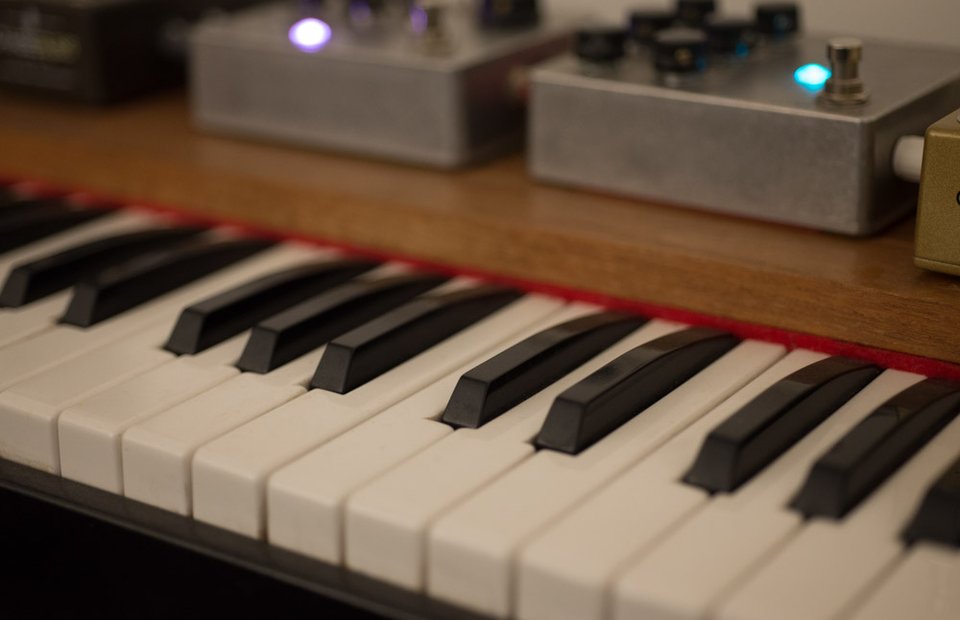This article is a beginner’s guide to creating a sound on a subtractive synth. We are going to cover the basics here, and we’ve intentionally saved lots for later. If you are synth-curious but feel overwhelmed by all of the lingo, or if you already use synths but feel bound to presets, you’re in the right place. This article should help get you started on your synthesis journey and creating your own sounds.
Signal Path
As sound travels through a subtractive synth from start to finish, it passes through a few major stages. The details of these might change from synth to synth, but the concept is usually pretty consistent. Here is how it shakes down, in order of signal flow:
- Sound is generated using one or more oscillators
- The signals from these oscillators are combined using a mixer
- This combined sound passes through a filter section, which affects the spectrum
- The filtered sound passes through an envelope generator, which affects the amplitude
That’s it! Yes, there can be more to it than that, but there doesn’t have to be. The above is all you need to get your hands dirty.
Let’s take a closer look at these steps using Twin 3 as an example. Feel free to follow along using your synth of choice (either hardware or software).
Oscillators
One way to get an idea of what an oscillator is, is to compare it to a guitar string. When we strike a guitar string it vibrates, creating a sound. Oscillators mimic this vibration by creating a repeating waveform at some frequency. The major difference between a guitar string and an oscillator is that an oscillator allows you to change the spectrum of the note drastically by choosing between a number of waveforms.
Twin 3 has four oscillators, each of which can produce a different waveform at a different pitch relative to the note played on the keyboard. Twin 3 is polyphonic, meaning that it can produce sound for multiple notes at the same time, so you can play chords. A monophonic synthesizer only produces sound for a single note at a time.
To keep things simple, let’s just look at the oscillator section. You get a few controls here but let's focus on the most important ones for now: oscillator scale and waveform. Oscillator scale dictates the octave that the note will sound in (lower number = higher pitch). Waveform dictates the spectrum of the note. You have the option to choose between sawtooth, square, square pure, triangle, triangle pure, sine, white noise and pink noise.
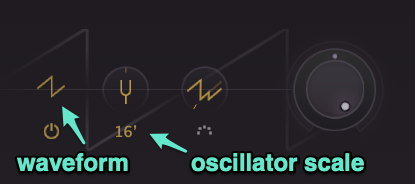
Meet the basic wave shapes
Just like different instruments of the orchestra, each of these wave shapes has a different harmonic profile. For instance, in the examples below, note how the triangle wave sounds relatively subdued compared to the more aggressive sawtooth or square. While some of these wave shapes may sound harsh in their raw state, keep in mind that the filter section will allow us to tame these harmonically-rich sounds into thick basses and singing leads. Meet the waveforms:
Sine
A simple sine wave, the most basic waveform without overtones
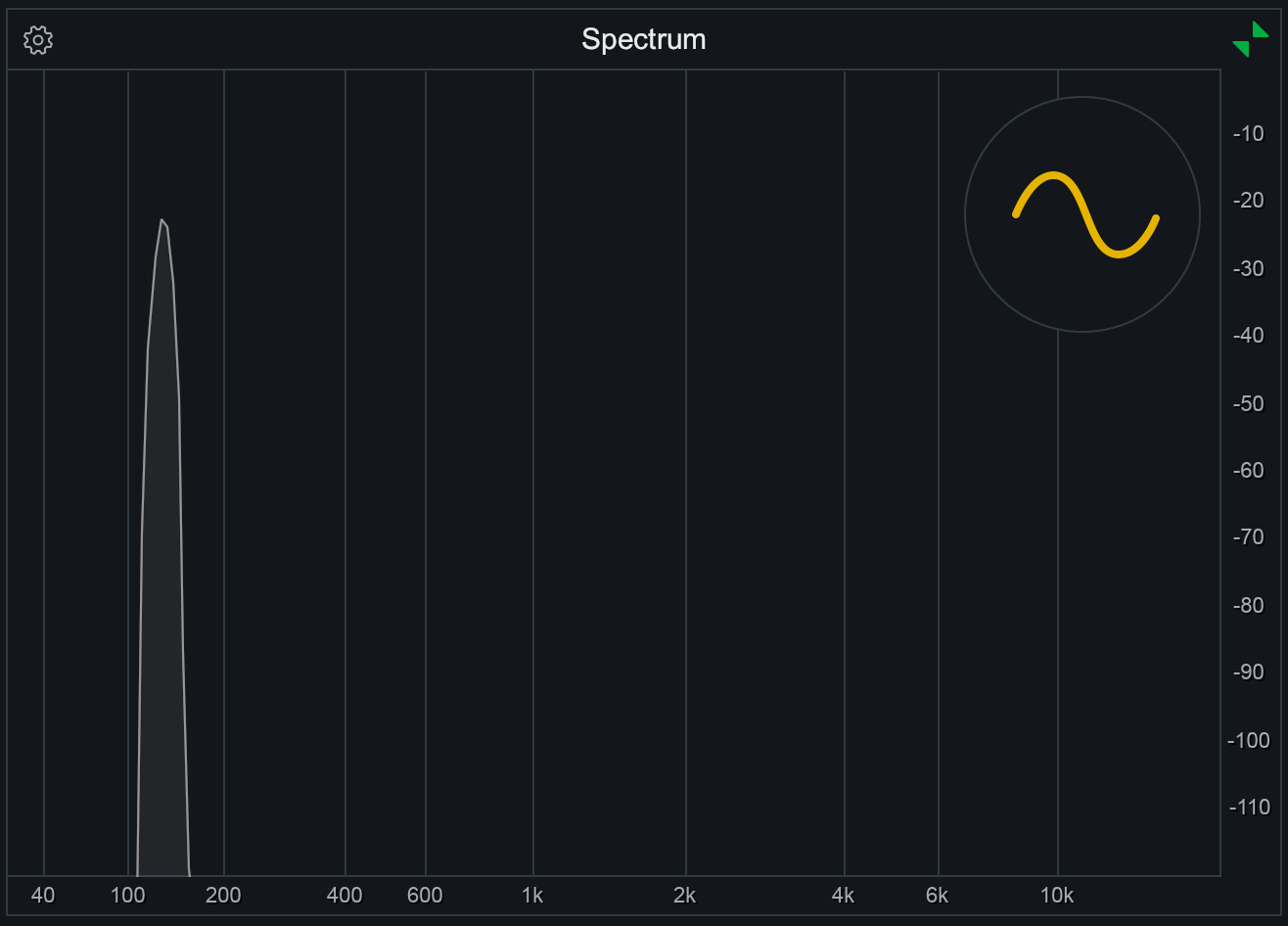
Square
A more metallic sound, containing only odd harmonics
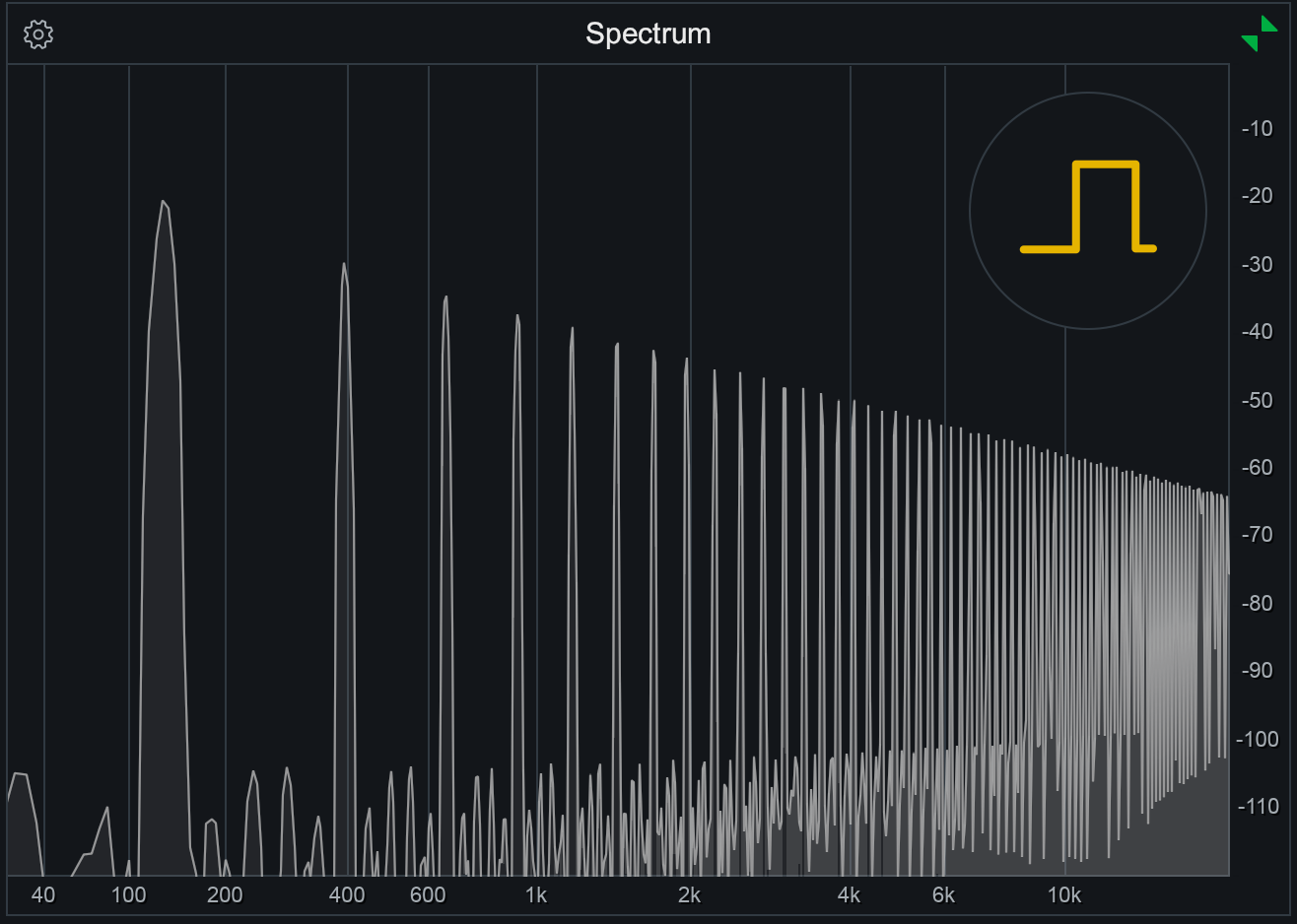
Triangle
A soft, warm tone, with odd harmonics at lower amplitudes than the square wave
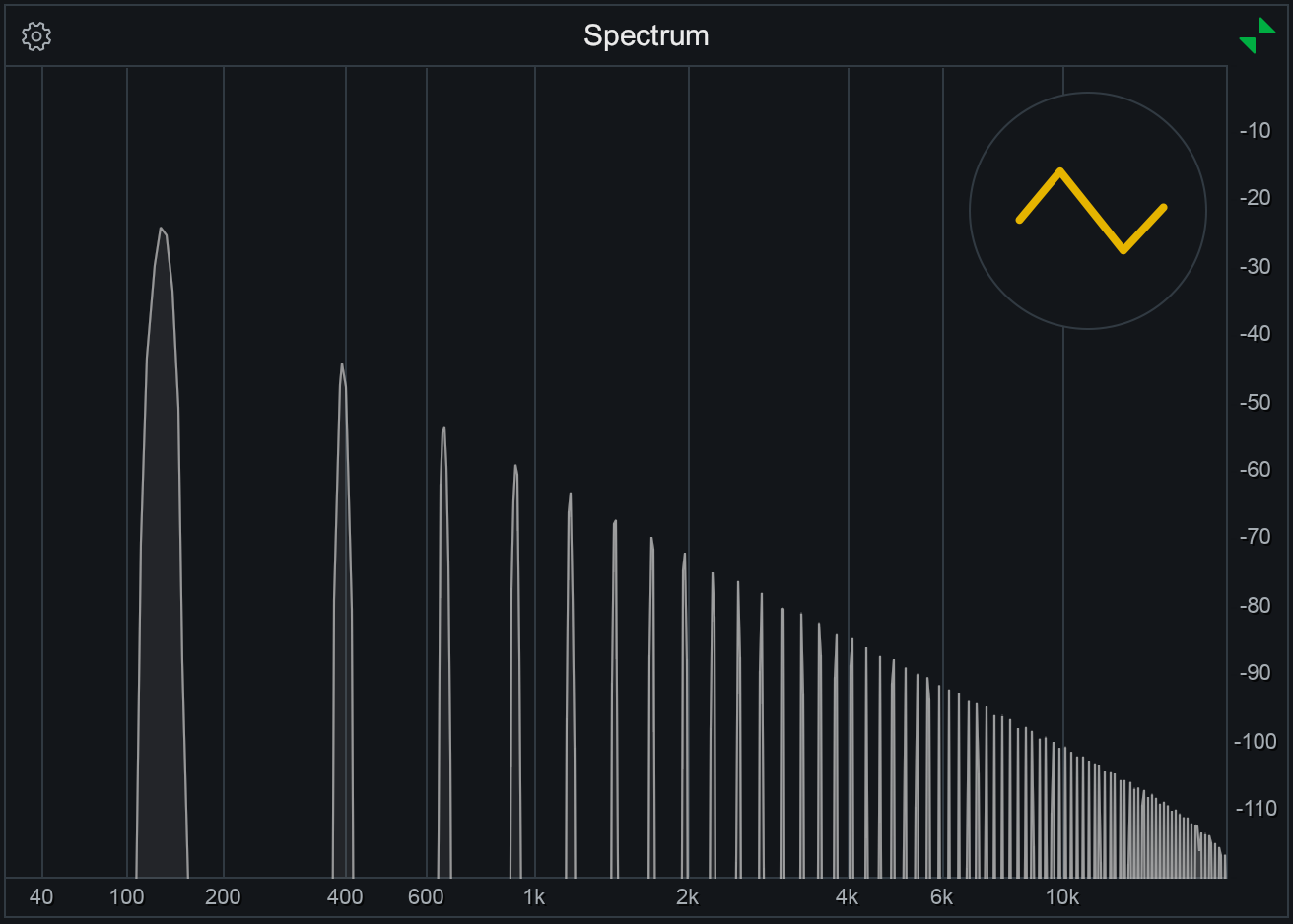
Sawtooth
A sharp, bright tone that is ideal for filtering. Rich in both odd and even harmonics
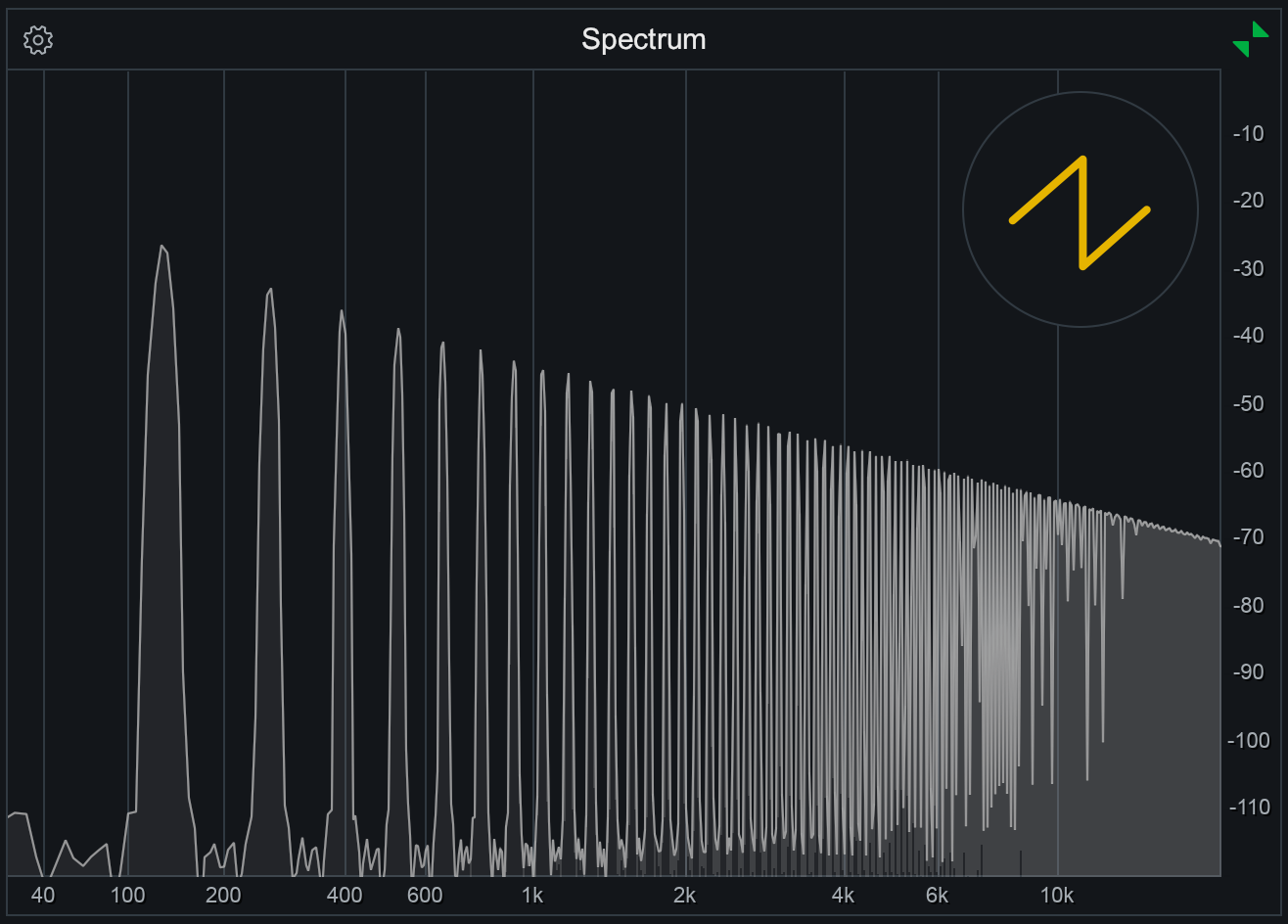
Mixer
The mixer in Twin 3, like most other synths, is pretty simple in concept. You have both level control as well as a a dedicated pan knob for each oscillator. As you start to experiment with using multiple oscillators, deciding how much each one should contribute to the mix can have a big impact on the final timbre.

Filter
Once sound leaves the mixer, it passes through a filter section. This is what makes this kind of synth ’subtractive’; we start with a harmonically rich sound (as generated by the oscillators), and then we filter some of it out, producing the final tone. Fun fact: the human voice works the same way! Our vocal cords oscillate, creating a sound which we then filter with our mouths to produce what is heard when we speak or sing.
Different synths may have different filters available such as high pass, low pass or band pass. Twin 3 offers all of these, but let's start with the low pass filter which often is the most useful.
Remember, a low pass filter cuts all sound above the cutoff frequency. This means that all of the harsh sounding harmonic content that we generated with the oscillator can now be controlled.
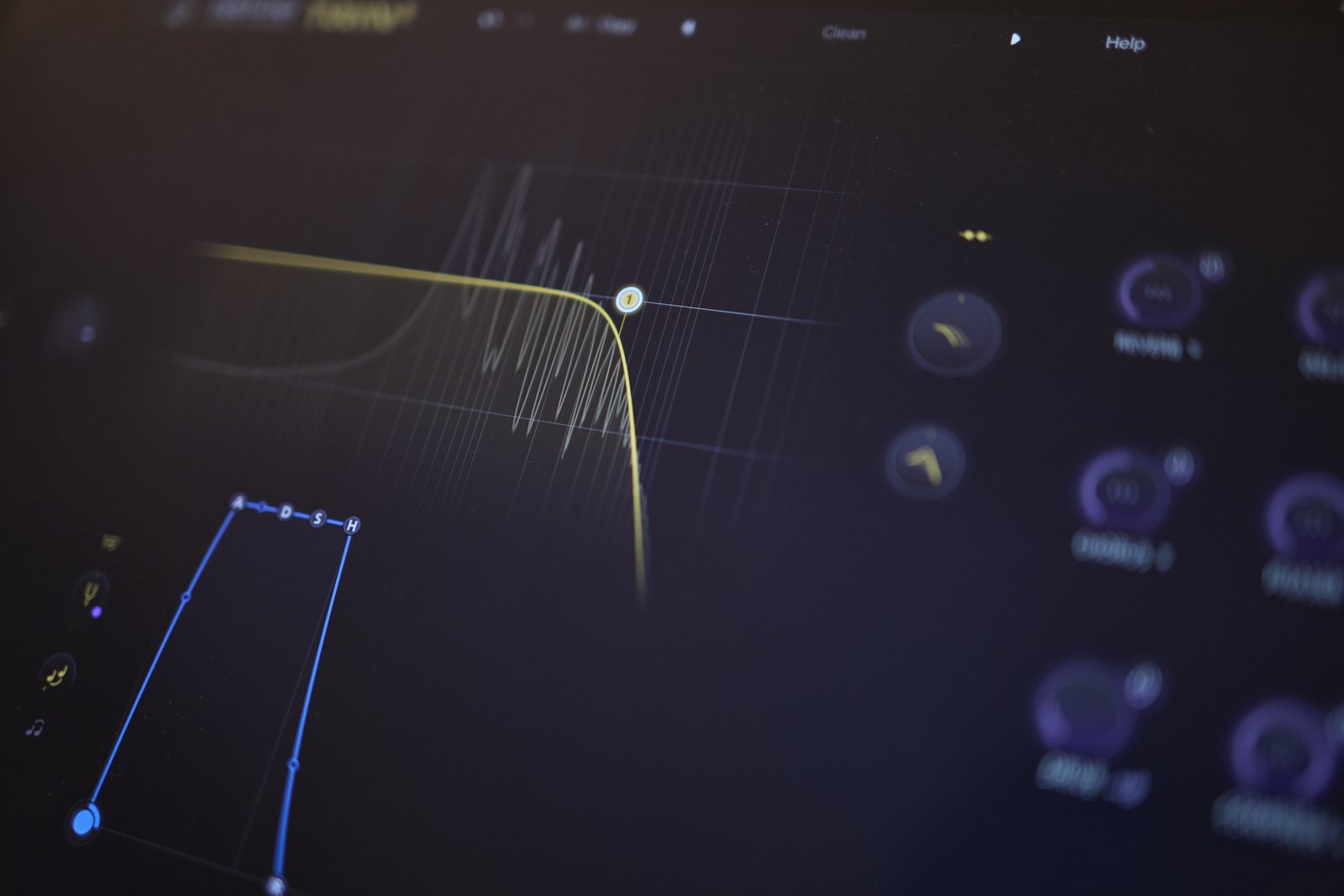
Examples
Experimenting with the oscillator scale, waveform and cutoff frequency controls can produce some dramatically different results. With just a couple of simple moves we can go from aggressive leads to creamy basses.
The following examples all use the same oscillator and mixer settings to produce different lead tones. The only difference between each example is the cutoff frequency.
Lead
Example 1: Cutoff at 148 Hz
Example 2: Cutoff at 944 Hz
Example 3: Cutoff at 20,000 Hz
Bass
For another example, by simply changing the range controls, we can turn that lead sound into a number of different bass sounds by adjusting the cutoff frequency again:
Example 1: Cutoff at 148 Hz
Example 2: Cutoff at 944 Hz
Example 3: Cutoff at 20,000 Hz
Amplitude Envelope
Once the sound has been adequately filtered, it passes through the envelope generator. This is a crucial step. The envelope dictates the shape of a note by controlling how the amplitude changes over time. Without it, the sound would be constant and lifeless.
For example, let's say we would like a note to begin when we press a key on the synth, sustain as long as we hold that key down, and then stop when we release the key (or sometime after that). The common envelope controls of attack, decay, sustain and release allow us to dictate exactly how this plays out. You might remember these terms from our article on timbre. The concept is the same here, but the implementation is a little different when used in the context of a synthesizer:
- Attack controls how long after pressing a key the note will take to reach an initial peak
- Decay controls how long it takes to go from this initial peak level to the level of sustain
- Sustain on most synths is not actually a time-based control, but rather governs the level at which the note will sustain. Your finger holding down the key determines the sustain time.
- Release controls the amount of time it takes for a note to fade to silence after the key is released.
If we look closely at the main envelope generator of Twin 3 (controlling amplitude envelope) you'll find that there are a few additional parameters: Attack Slope, Decay Slope, Hold and Release Slope. All envelopes in Twin 3 provide these additional parameters. In short, they just allow you to tweak the exact shape of your envelope more carefully than a "standard" ADSR.

Examples
Adjusting Release
Example 1: Fast attack, short release
Example 2: Fast attack, medium release
Example 3: Fast attack, long release
Attack
The next set of examples feature a longer attack time. When we set the attack to a longer value, the note trades its plucky attack for a gradual swell.
Example 1: Single Note
One practical use for this approach is to create a ducking style effect for a bass line
Example 2: Pattern
Here is the same part again with a drum pattern for context.
Example 3: With drums
Putting it all together
The above is enough to get you crafting a sound, which is the whole point of synthesis. Now go forth and experiment!
- Try the different wave shapes and see how their characters compare.
- Try adding a second oscillator into the mix to see how that changes the sound.
- Try using the oscillator scale control to change your sound from a lead to a bass.
- Try moving the cutoff frequency in real time as you play a note. Is this a familiar sound?
- Experiment with different envelope settings; a short attack can give you percussive sounds while a long attack can be great for more string-like swells.
When you are ready for more, check out our next synthesis article where we dive deeper into oscillators.

